10 Best Herbal Decoctions For Joint Pain

Herbal decoctions have been traditionally used to alleviate joint pain by incorporating a variety of plant-based ingredients known for their anti-inflammatory and analgesic properties.
Commonly used herbs include turmeric, ginger, willow bark, and boswellia, which are believed to reduce inflammation and improve joint mobility. These decoctions are typically prepared by simmering the dried herbs in water for an extended period to extract their active compounds. Many individuals find relief from chronic joint discomfort through regular consumption of these natural remedies.
However, it is important to consult with a healthcare professional before using herbal decoctions, especially if you have underlying health conditions or are taking other medications.
FREE Herb Drying Checklist
How to make sure every batch retains maximum flavor, color, and aroma without the risk of mold or over-drying. Eliminate guesswork and trial-and-error, making herb drying faster, easier, and more efficient every time.
Table of Contents
1. Curcuma longa
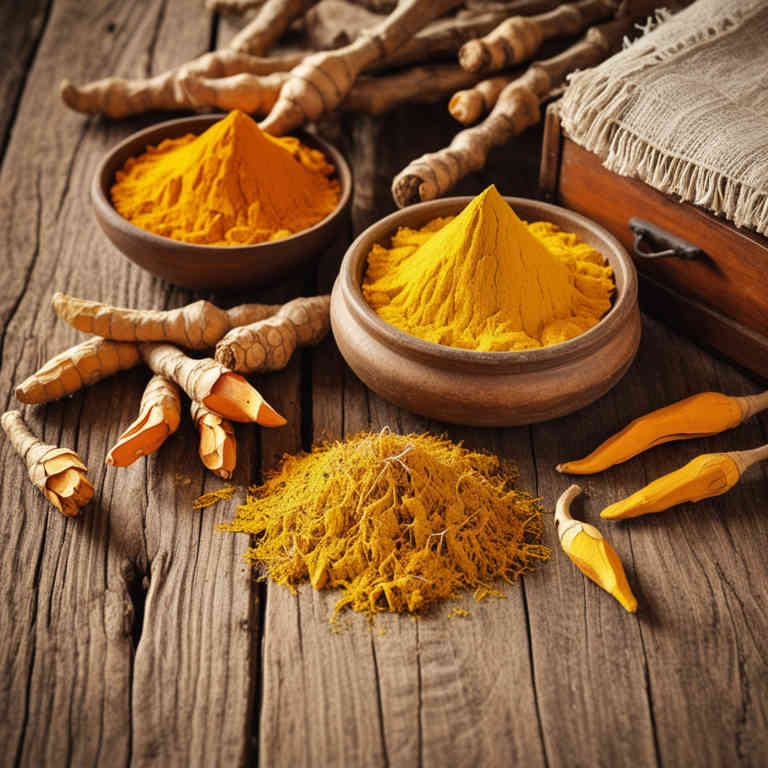
Curcuma longa, commonly known as turmeric, is a popular herbal remedy used for its anti-inflammatory and analgesic properties, particularly in the treatment of joint pain.
The active compound in turmeric, curcumin, is responsible for its therapeutic effects, which include reducing inflammation and oxidative stress in the joints. Traditional medicinal systems such as Ayurveda and Chinese medicine have long utilized turmeric decoctions to alleviate symptoms of arthritis and other musculoskeletal disorders. Modern research supports these traditional uses, with studies indicating that curcumin may inhibit inflammatory pathways in the body.
However, the bioavailability of curcumin is low, so it is often combined with black pepper or consumed with fats to enhance absorption when used in herbal decoctions for joint pain.
2. Zingiber officinale
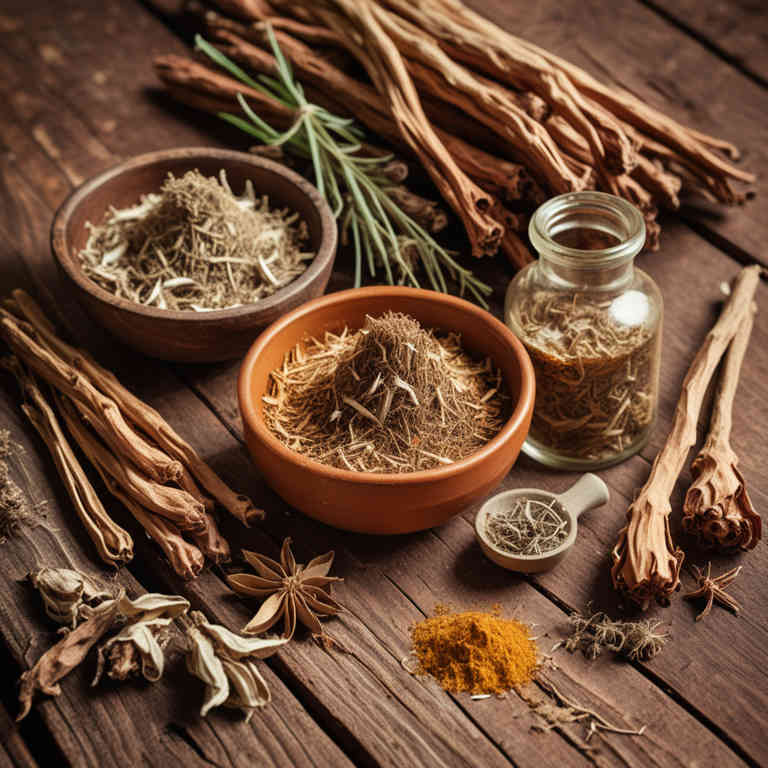
Zingiber officinale, commonly known as ginger, has been traditionally used for its anti-inflammatory and analgesic properties, making it a popular herbal remedy for joint pain.
When prepared as a decoction, ginger is typically boiled with water to extract its active compounds, such as gingerol and shogaol, which are believed to reduce inflammation and pain. This herbal decoction can be consumed as a warm beverage or applied topically to the affected joints for localized relief. Studies suggest that ginger may help alleviate symptoms of conditions like osteoarthritis and rheumatoid arthritis by inhibiting inflammatory pathways in the body.
While generally safe, it is advisable to consult a healthcare professional before using ginger decoctions, especially for individuals with gastrointestinal sensitivities or on medication.
3. Equisetum arvense
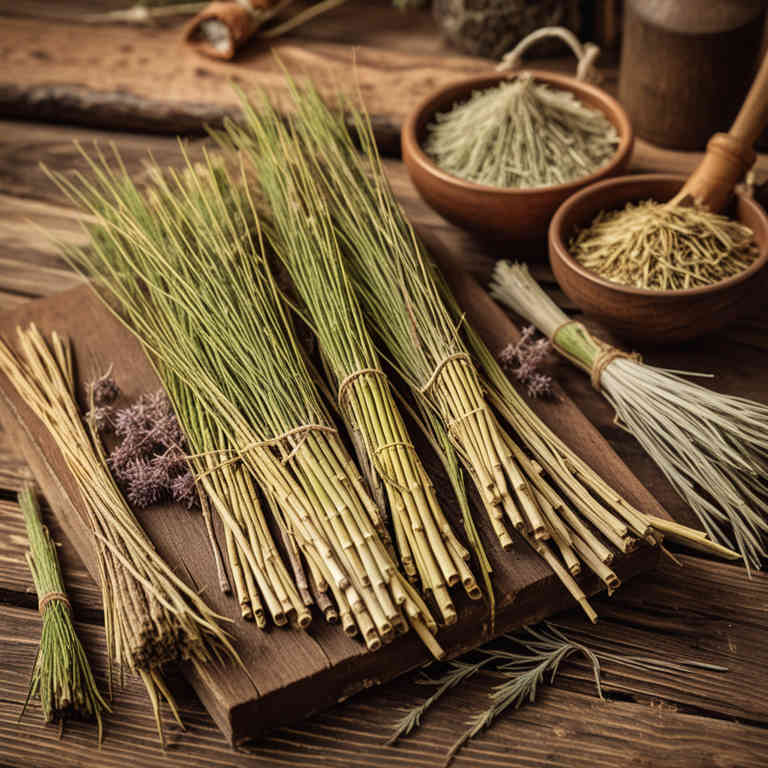
Equisetum arvense, commonly known as field horsetail, has been traditionally used in herbal medicine for its potential benefits in alleviating joint pain.
The plant contains high levels of silica, which is believed to support tissue repair and reduce inflammation in the joints. Herbal decoctions made from the dried stems of Equisetum arvense are often prepared by simmering the plant material in water for an extended period to extract its active compounds. These decoctions are typically consumed as teas or applied topically to affected areas to provide relief.
While some studies suggest possible anti-inflammatory properties, it is important to consult with a healthcare professional before using Equisetum arvense, as it may interact with certain medications or have adverse effects when used improperly.
4. Vitis vinifera
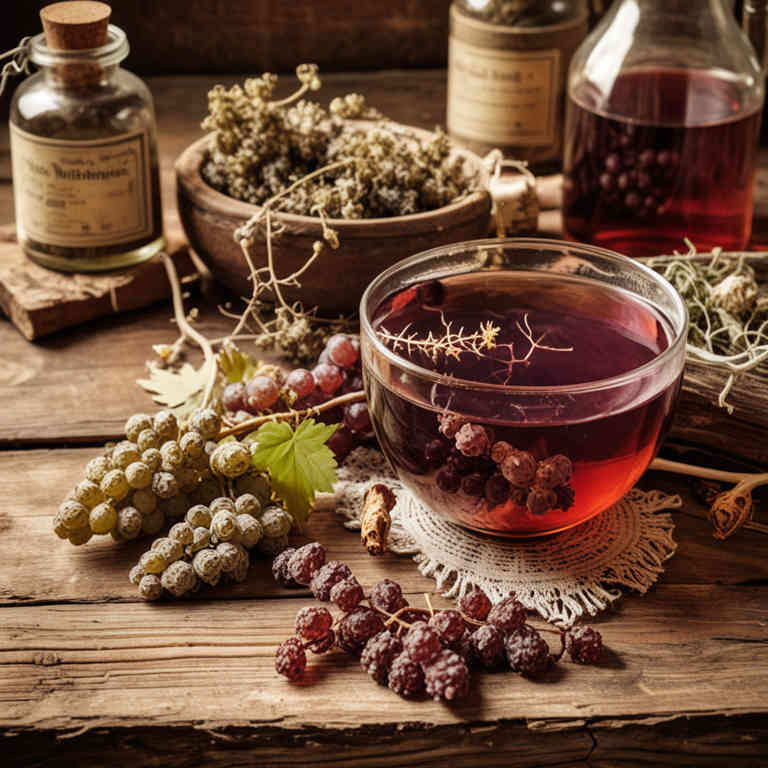
Vitis vinifera, commonly known as the common grapevine, has been traditionally used in herbal medicine for its potential anti-inflammatory and analgesic properties.
Herbal decoctions made from the leaves, roots, or seeds of Vitis vinifera are believed to support joint health by reducing inflammation and pain associated with conditions like arthritis. These decoctions often contain compounds such as resveratrol, which has been studied for its antioxidant and anti-inflammatory effects. While some preliminary research suggests that Vitis vinifera may offer relief for joint pain, more clinical studies are needed to confirm its efficacy and safety.
As with any herbal remedy, it is important to consult with a healthcare professional before use, especially for individuals with existing health conditions or those taking other medications.
5. Silybum marianum

Silybum marianum, also known as milk thistle, is commonly used in herbal decoctions for its potential anti-inflammatory and antioxidant properties.
These decoctions are typically prepared by boiling the dried seeds or leaves of the plant in water, creating a concentrated herbal tea. While some studies suggest that silymarin, the active compound in milk thistle, may help reduce inflammation and oxidative stress, more research is needed to confirm its efficacy for joint pain specifically. Herbal decoctions made from silybum marianum are often used as a complementary therapy alongside conventional treatments for conditions like arthritis.
However, it is important to consult a healthcare professional before using these decoctions, as they may interact with other medications or have side effects.
6. Salvia officinalis
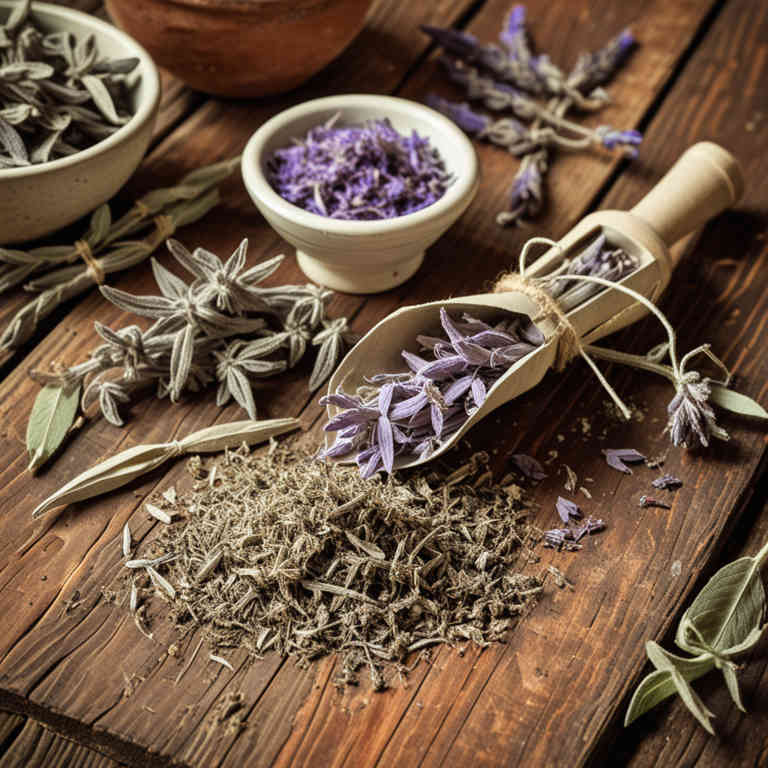
Salvia officinalis, commonly known as sage, has been traditionally used in herbal medicine for its potential anti-inflammatory and analgesic properties.
When prepared as a decoction, sage involves simmering the dried leaves in water to extract its active compounds, including rosmarinic acid and flavonoids. This herbal preparation is believed to help reduce inflammation and alleviate symptoms associated with joint pain, such as stiffness and swelling. Some studies suggest that the antioxidants in sage may support joint health by neutralizing free radicals and reducing oxidative stress.
However, while anecdotal evidence supports its use, more scientific research is needed to fully validate its efficacy for treating joint pain.
7. Piper nigrum

Piper nigrum, commonly known as black pepper, has been traditionally used in herbal medicine for its potential anti-inflammatory and analgesic properties.
When prepared as a decoction, the active compound piperine in black pepper may help reduce inflammation and alleviate joint pain. The decoction is typically made by boiling the dried berries in water for several minutes, allowing the beneficial compounds to infuse into the liquid. Some studies suggest that piperine can enhance the absorption of other anti-inflammatory substances, potentially increasing its effectiveness when used in combination with other herbs.
However, more clinical research is needed to fully understand its efficacy and safety for treating joint pain.
8. Nelumbo nucifera

Nelumbo nucifera, commonly known as the sacred lotus, has been traditionally used in Ayurvedic and Chinese medicine for its therapeutic properties.
Herbal decoctions made from various parts of the lotus plant, such as the leaves, flowers, and roots, are believed to possess anti-inflammatory and analgesic effects. These decoctions are often prepared by boiling the plant materials in water to extract their active compounds, which may include flavonoids and alkaloids. Studies suggest that the bioactive components in Nelumbo nucifera can help reduce joint inflammation and alleviate pain associated with conditions like arthritis.
As a natural remedy, these decoctions are gaining attention for their potential to provide relief without the side effects of synthetic drugs.
9. Cnicus benedictus

Cnicus benedictus, commonly known as blessed thistle, has been traditionally used in herbal medicine for its potential anti-inflammatory and analgesic properties.
Herbal decoctions made from the dried leaves and flowers of Cnicus benedictus are often prepared by simmering the plant material in water for several minutes to extract its active compounds. These decoctions are believed to support joint health by reducing inflammation and alleviating pain associated with conditions like arthritis. However, it is important to consult a healthcare professional before using blessed thistle, as it may interact with certain medications or have side effects in some individuals.
While preliminary studies suggest possible benefits, more research is needed to fully understand its efficacy and safety for joint pain relief.
10. Glycyrrhiza glabra
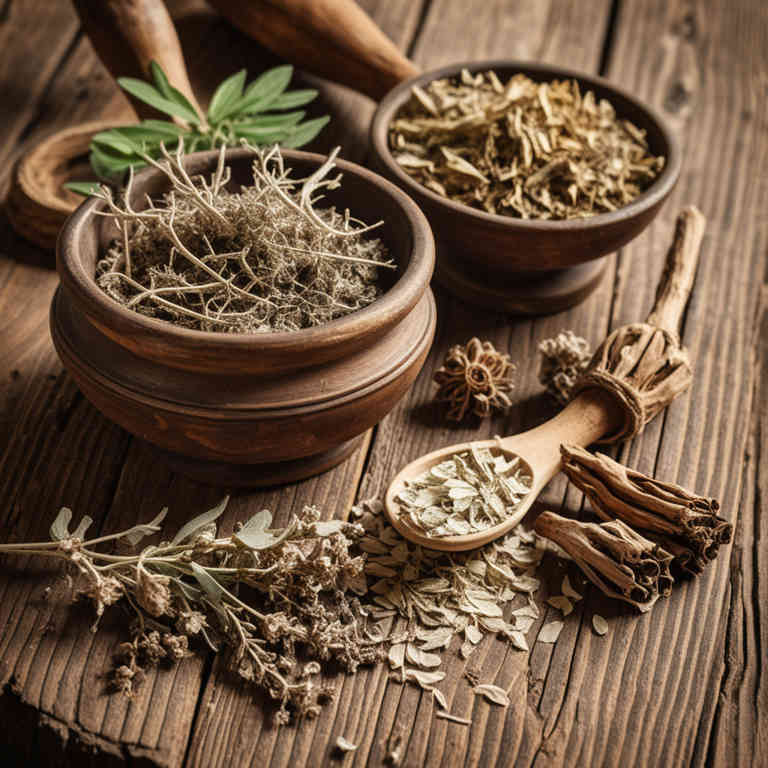
Glycyrrhiza glabra, commonly known as licorice root, has been traditionally used in herbal medicine for its anti-inflammatory and analgesic properties.
Herbal decoctions made from Glycyrrhiza glabra are often prepared by boiling the dried root in water to extract its active compounds, such as glycyrrhizin and flavonoids. These decoctions may help reduce inflammation and alleviate pain associated with joint conditions like arthritis. However, long-term use of licorice root decoctions can lead to side effects, including hypertension and electrolyte imbalances, due to its potent effects on the adrenal glands.
As a result, it is advisable to consult a healthcare professional before using licorice root decoctions for joint pain, especially for individuals with pre-existing health conditions.